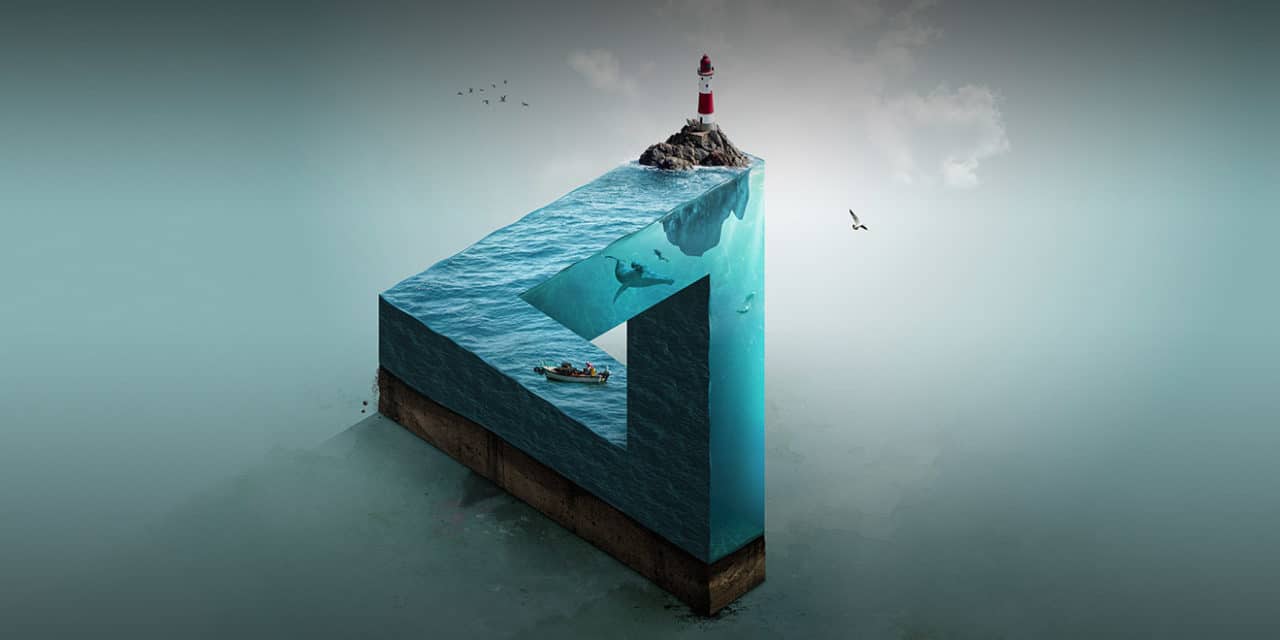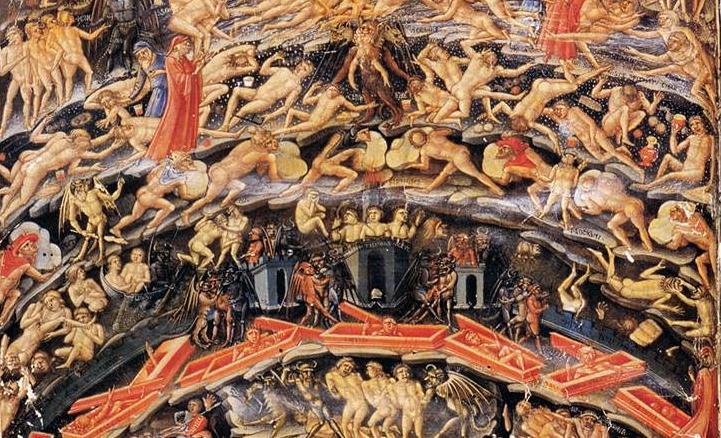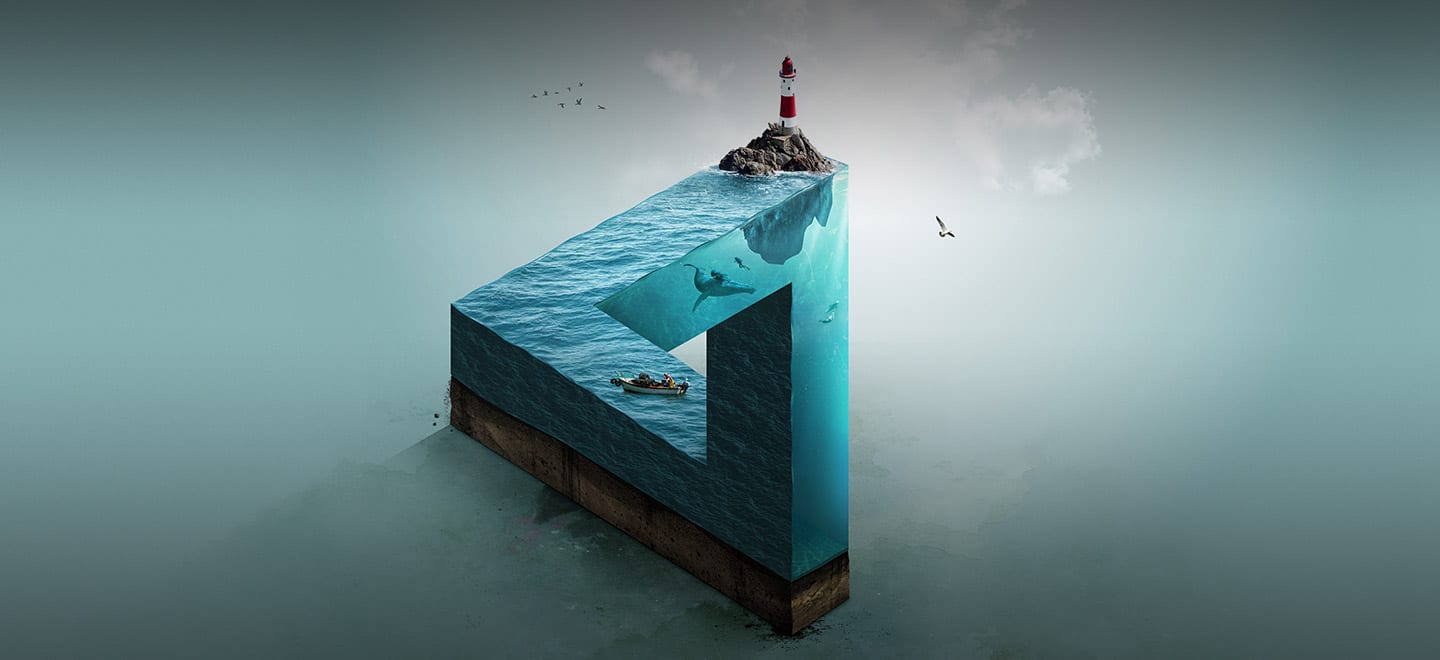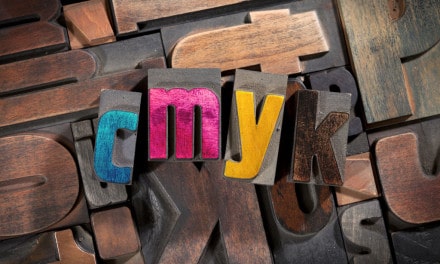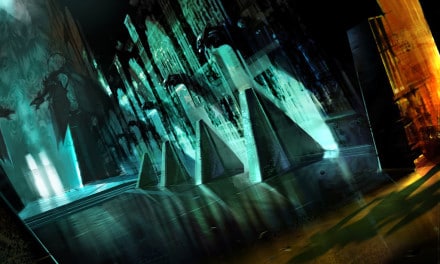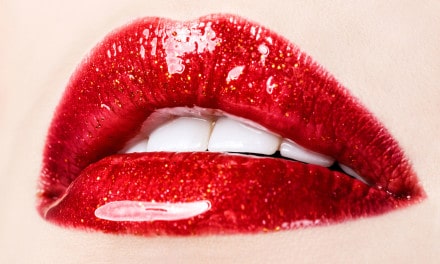Is there a middle ground between design and art?
I would say there is—and from a designer’s perspective, it’s the promised land; the Shangri-La of both design and art.
Most designs require some art. I’d go so far as to say that design is “art with a purpose.” Whereas art by itself can be self-expression or done entirely for oneself, as soon as that art has a purpose—i.e., selling a product or an idea—it’s crossed into the realm of design.
But where the line becomes blurry is the fact that Art does have an inherent purpose. When one creates a piece of art, it is a communication from oneself to another person or persons. When Rembrandt painted his paintings, he wanted to impart something to his audience. Creating an emotional impact or effect might be considered the purpose of art. Whether it’s a sense of awe (any of Michelangelo’s sculptures) or dread (Bartolomeo Di Fruosino’s Inferno)—great art creates an emotional response.
Here’s a piece of art that’s being used to sell the latest version of Photoshop:
Is this Art or is Design?
The purpose of the piece is to sell the capabilities of Photoshop in a single image, which it does very well. The Escher inspired optical illusion is something that would be near impossible to create without photoshop or another image editing program.
But what if the creator of this piece just happened to use Photoshop as a tool and created the art with no particular purpose in mind except the inherent purpose of art—to create an emotional effect in others? It certainly creates a sense of amazement and bewilderment.
Moreover—and this is important for art—it invites contribution. There’s subtext and deeper meaning. At first glance it’s a cut-out ocean, but on closer inspection, the rules of visual shading and perspective have been bent to create a strange optical illusion that makes you want to look at the image over and over again.
So is it art or is it design?
Advertisement for Coca-Cola.
What about this?
This image, while mostly a photograph, has great use of color, beautiful people and an interesting composition.
But does it create an emotional response? Does it invite contribution?
For me… not really.
I think all designs should strive to also be art. Certain designs—such as a UX design and interior book design—need to be neutral and enhance and clarify the content. But when done exceptionally well, even these designs can create an emotional impact—awe, nostalgia, tranquility and many others.

